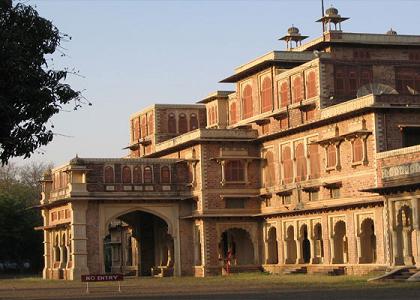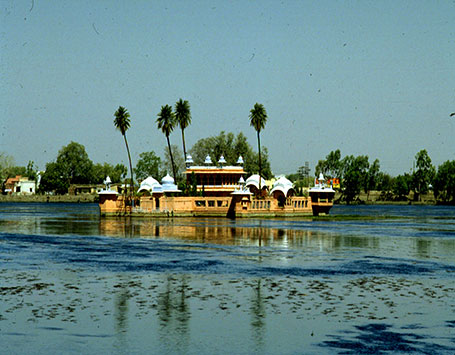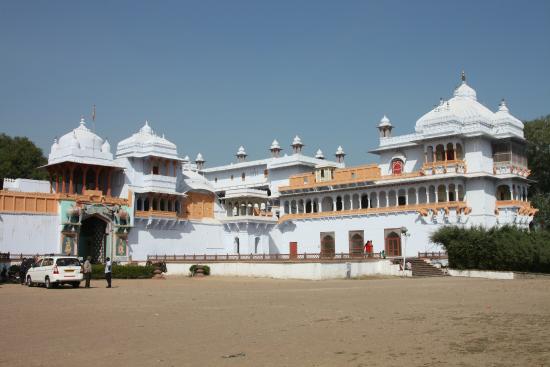Kota is the third largest city of Rajasthan. It is located 240 kms to the south of state capital Jaipur. Kota has modern industrialization and it is a fascinating mixture of medieval grandeur. Kota is located at an elevation of 515 meters above sea level on the banks of the Chambal river below a deep gorge. Kota lies in an area of country that straddled a major trade route from New Delhi to Gujarat. Kota has now changed itself into the industrial capital of Rajasthan with its hydro-electricity and irrigation projects, atomic power projects and other industrial units. Kota is also well-known for its traditional handicrafts industry. Temperature of Kota is neither too hot nor too cold. Temperature is about 43 degree Celsius in Summers and it is about 5 degree Celsius in Winters. Best time to visit Kota is from August to February. Languages which are spoken in Kota are Rajasthani, English, Hindi, Sindhi and Urdu.

History of Kota :-
In the 12th century the Hada chieftain, Rao Deva, conquered the territory and founded Hadoti and Bundi. During the rule of Mughal Emperor Jahangir afterwards, in the early 17th century the ruler of Bundi, Rao Ratan Singh, gave his son, Madho Singh, the smaller principality of Kota. Kota is considered as a hallmark of Rajput culture and power in the course of time. Kota was a small independent state in the past which is enclosed by more powerful neighbours. Kota prospered in the 19th century under the guidance of the ruler Zalim Singh. In 1894 the British reunited the territory and imposed stability.

Tourist Attraction in Kota :-
Important tourist attractions in Kota are Umaid Bhawan Palace and Kota Fort. Umaid Bhawan Palace was constructed for Maharao Umaid Singh II in 1904. It was designed by Sir Samuel Swinton Jacob in support of Indian designers. Interior of the palace has a banquet hall, garden and a drawing room. Exterior is buff–coloured stone with a stucco finish and include much typical Rajput detail. Umaid Bhawan Palace has now been changed into a heritage hotel. Kota fort is an example of organic growth and there is no overall plan to the development of the area within the walls. It was constructed from the year 1625 onwards. Bhim Mahal – Bhim Mahal is a large Durbar Hall which is enclosed with Rajput miniatures documenting the towns periods of expansion and recording Kota’s legends.
